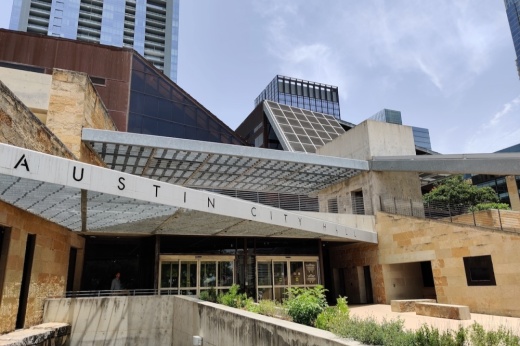City Council voted unanimously June 16 to work on rolling out a living wage hike from the current level of $15 per hour. The change would apply to Austin's thousands of civilian, sworn and temporary positions. Council's vote came after officials heard testimony from dozens of residents and city employees who spoke to a need for higher pay in the face of Austin's rising cost of living and other financial stressors. Many employees also said they are experiencing burnout due to extra work brought on by staffing issues at the city.
“I have to work extra days, which causes me to have to pay more in day care. So I’m losing on both ends," said Rodney Sutton, a trash collector with Austin Resource Recovery. "I’m not benefiting from this at all, and I love my job. Austin gave me a chance to make it, and I’m making it, but now when the prices of stuff start to elevate, our paychecks stay the same. We’re losing as essential workers.”
In addition to ongoing inflation trends, housing costs in Austin continue to spike, and many speakers said they and their colleagues are being priced out of the city at their current pay. According to ApartmentData.com, monthly apartment rents in Austin jumped 15.57% between June 2021 and June 2022 to around $1,650. And from May 2021 to May 2022, Austin saw median home sales prices increase 17.74% to a record $667,000—a trend that shows no signs of slowing down, according to ABoR. Austin is also in the midst of a staffing shortage affecting most of its departments, which many speakers linked to the city's starting pay. That rate of $15 per hour has not changed in several years.
City data shows Austin was short nearly 2,400 budgeted employees as of this May resulting in a 15.72% overall vacancy rate. That figure rose nearly 33% since the same time last May when the vacancy rate sat around 12%.
Several speakers said the amount of work they are required to take on, especially as coworkers continue to leave, is leaving them "exhausted" and considering career options outside the city.
Many commenters came from public safety departments including Austin-Travis County EMS, which is experiencing one of the more pronounced shortages at the city with a more than 21% vacancy rate across sworn and civilian roles. Medics said department staff are routinely overworked and can often be forced to shut down ambulances as a result of the vacancies, and that many have left the department for nearby counties where pay may be higher.
“It’s hard to work here, and our pay does not match what we got through on a day-to-day basis," said Skyler Weil. "It gets hard to wake up and want to go to work knowing [we have] a complete lack of support from City Council."
While nearly all council members expressed support for the pay bump proposal, a tighter city budget could end up limiting any immediate increases.
The wage resolution from District 2 Council Member Vanessa Fuentes asks City Manager Spencer Cronk to "develop a plan and timeline" for adopting a $22 living wage for city employees. If that jump is not workable this year, however, then Cronk would instead raise the wage floor "by the most significant amount possible" and report to council about the city's options for reaching the $22 level in the future.
The resolution also asks Cronk to consider wage increases tied to cost-of-living adjustments every year going forward in order to gradually reach a $27 per hour living wage.
Cronk is expected to release a draft budget outline in July, and council will vote to approve the city's fiscal year 2022-23 spending plan and tax rate in August.
“As we listened to our neighbors, we all saw the sadness in their eyes and heard the desperation in their voices. I think collectively on this dais we know that we can do better, we need to better and will do better as we go through the budget process," Mayor Steve Adler said.





